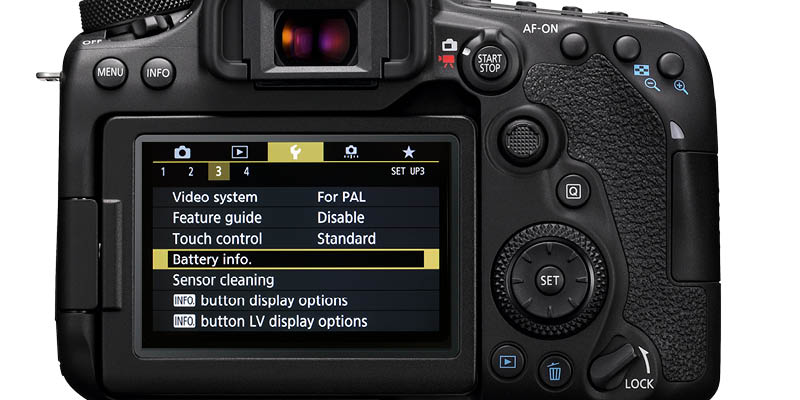Ephemeris
Veteran Member
We are talking about chargingNone of those show the graph I'm looking for: x-axis is time, y-axis is temperature using a Canon charger (or equivalent scenario). I see now, quoted, above, "end of the discharge cycle". I thought we were talking about the end of a charge cycle, not discharge cycle.There are tons of resources out there that detail Li-ion charge/discharge/storage characteristics, including Ephemeris (when informative and not argumentative ;-) ).I looked for such a curve but didn't find one. I do notice my laptop warming up when it is charging. I've not noticed it with Canon batteries, but I don't have them sitting on my lap when they're charging either.Look at the last line in my post (which you ignored ;-) ). That of course describes Canon's circuitry (which prevents cooking of the battery during charging). However I've seen other 3rd party manuf that don't do so well!It won't be hot R2. The charge currents are small.Thanks Victor, I didn't have time to explain any more thoroughly (had to head to work). The heat accumulates the most by the end of the charging cycle. It's very bad to charge (or keep charging) a hot battery!Probably it's accumulating more slowly but is adding to the heat already there from earlier charging, until the cooling to ambient temperature is faster than the warming from charging. This would be another reason to charge slowly instead of quickly. Heat could dissipate while charging. I have a feeling Canon have figured all those details out and taper off the charge appropriately.Why would the last 10% create the most heat? During this the current is reducing towards zero.Actually it's not the temperature swings that would have a negative impact, it's the Heat. Heat is what kills Li-ion batteries, and that final 10% of the charging cycle is what builds up the most heat (as does baking it in a car).
R2
The current is tapered as per the expeditions of the cell manufacturer until the expected cutoff, probably around 30mA.
It is quite plausible the end of the cycle isnt the point of maximum temperature for a cell, and it would be unusual if it was. So I don't think this is the right way to view it.
In addition there are other factors that can come into play that will change the heat production curve of the charging cycle, such as immediately charging a hot freshly-depleted battery, or charging a battery when the ambient temperature is high. Every manuf I've seen recommends against doing either of these.
Look at any temperature test curves done on Li-ion batteries. You'll see that huge spike at the end of the discharge cycle. Or just feel the thing with your hand!If we notionally say we will pull 25W, or 3A and power will reduce the temperature of the battery should be thought about as a delta from its start point. So assuming it will be hot I also don't think is correct.Discharge is even worse. The heat generated internally gets very high (due primarily to the increased internal resistance) as the battery gets depleted.
There's a nice clear graph in the following brief of the charge/discharge cycle (yellow graph):
https://qmed.com/sites/default/files/Electrochem Li-ion Battery Temp Trends.pdf
This one delves a bit more deeply:
https://pubs.acs.org/doi/10.1021/acsomega.2c04093
Another good general resource is "BatteryU":
https://batteryuniversity.com/article/bu-808-how-to-prolong-lithium-based-batteries
R2
--
Victor Engel
All the information is in that paper I titled for you but it won't be specific to lpe6xx batteries and chargers.
I can do the test however we do this in different types of calorimeters normally and we may have manufactured some instrumented cells.
When one asks for the temperature my question would be where? What's it's environment? What exactly is happening to the cell? Is the cell characterised?


